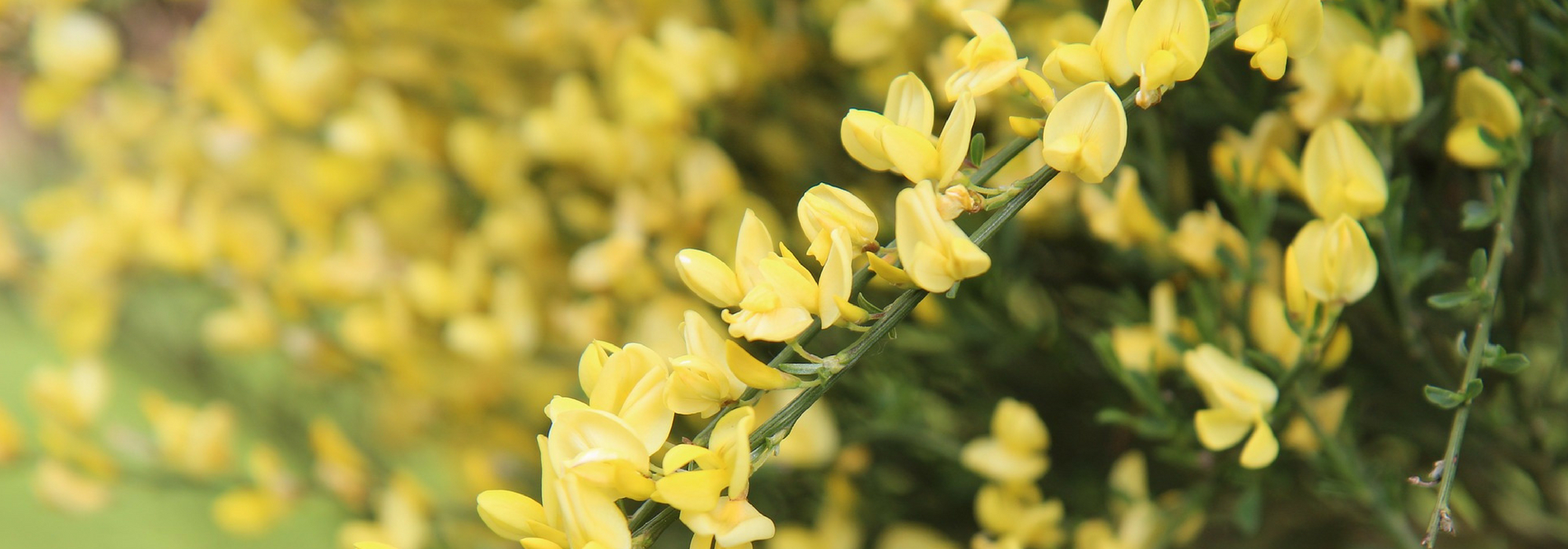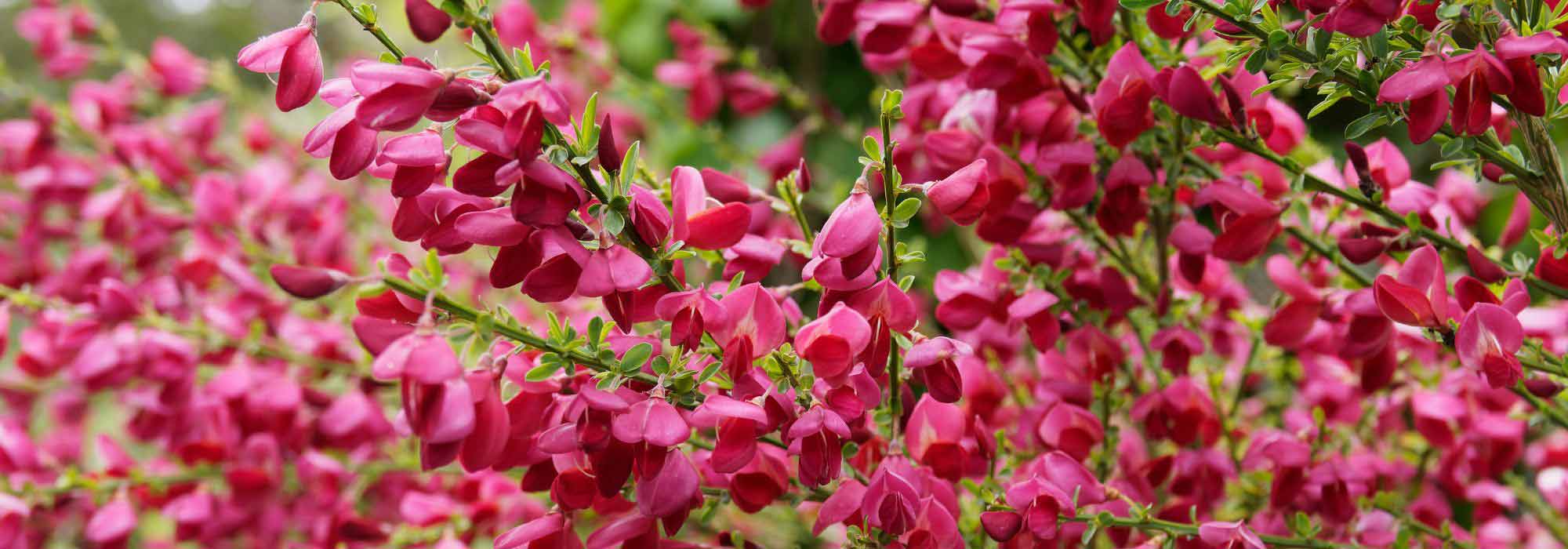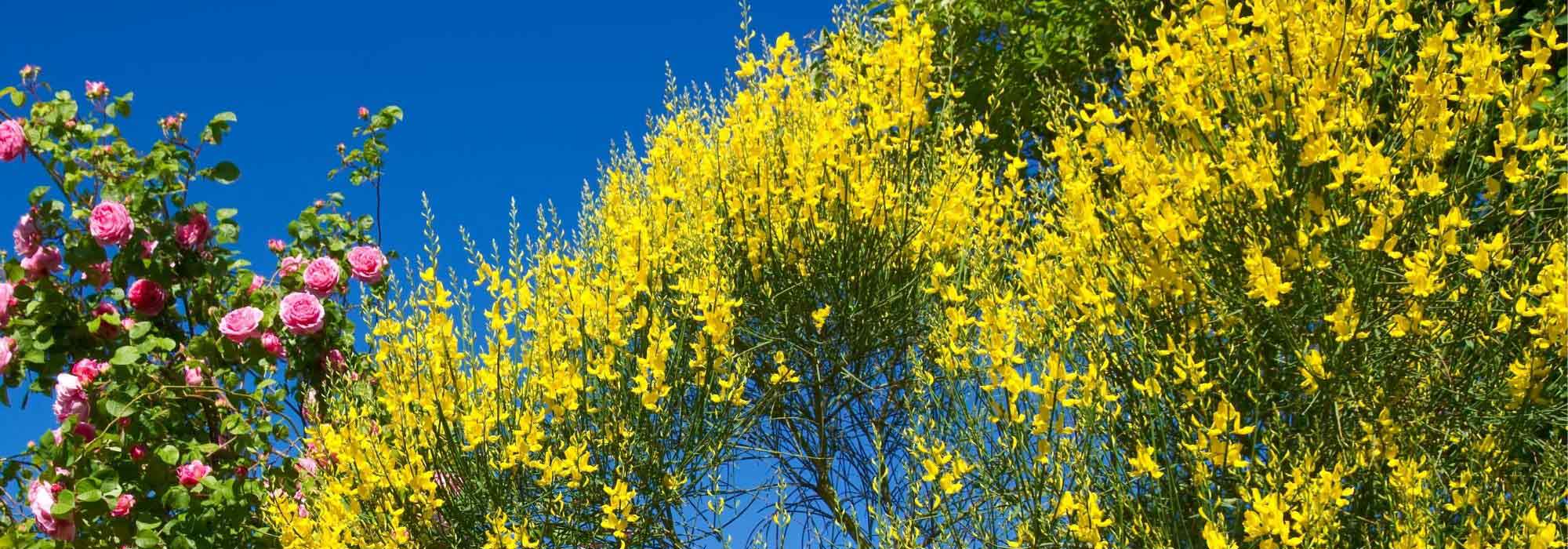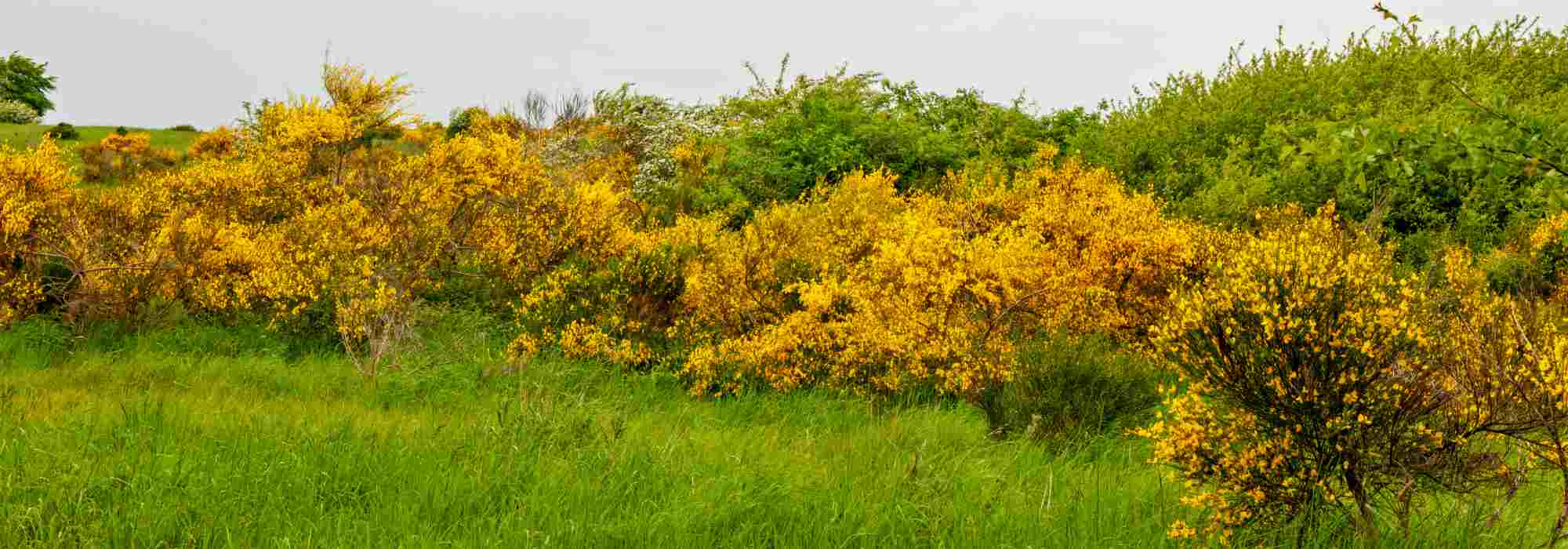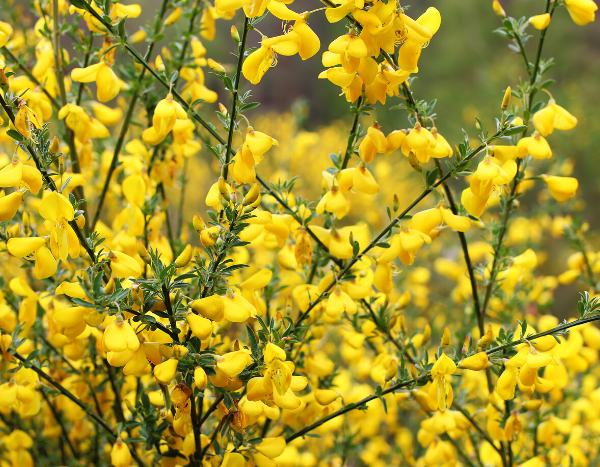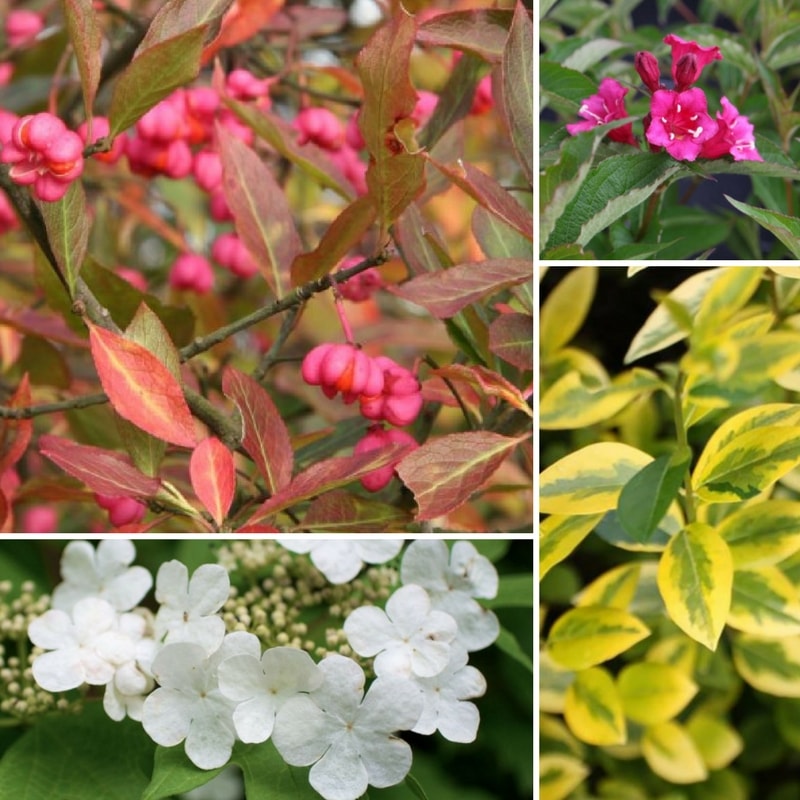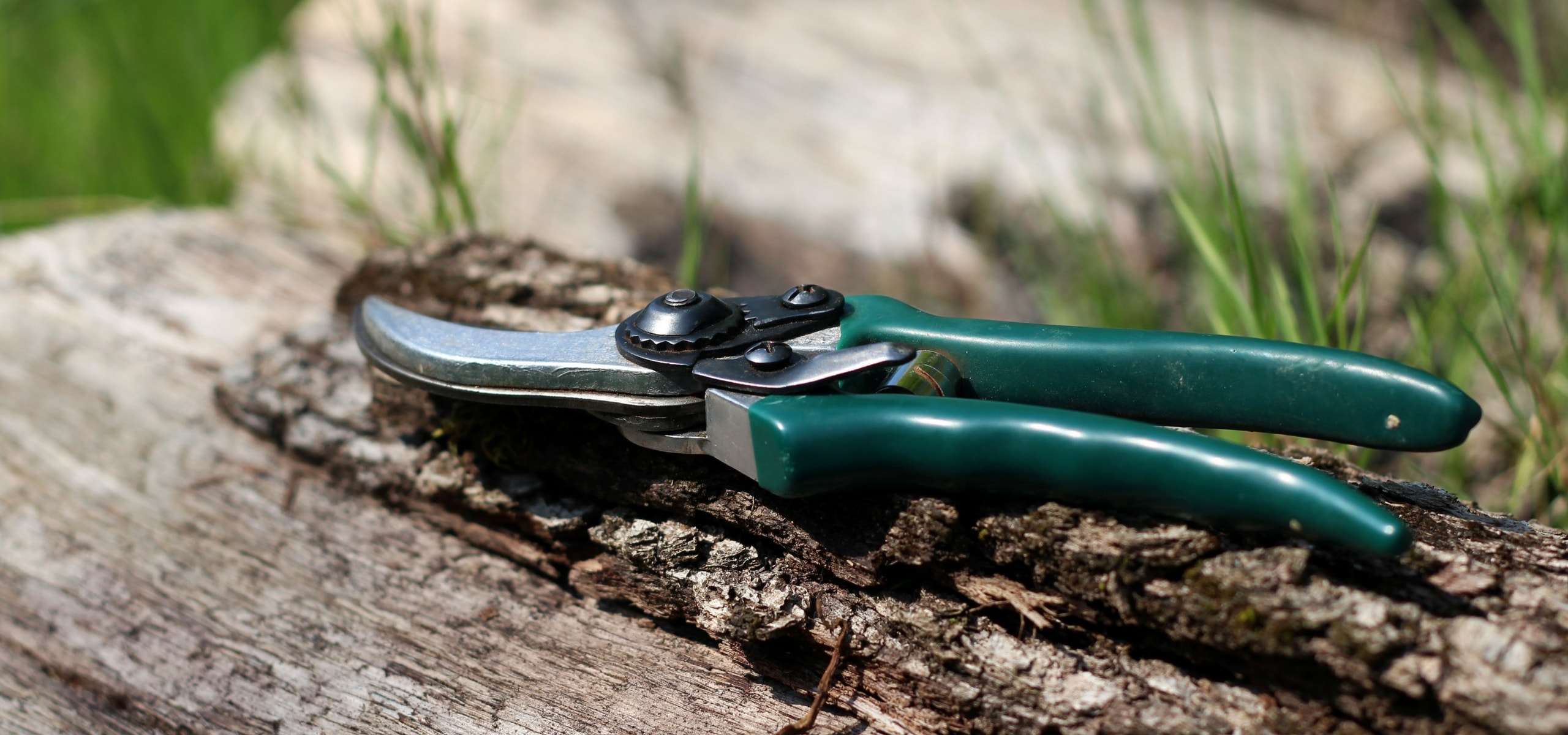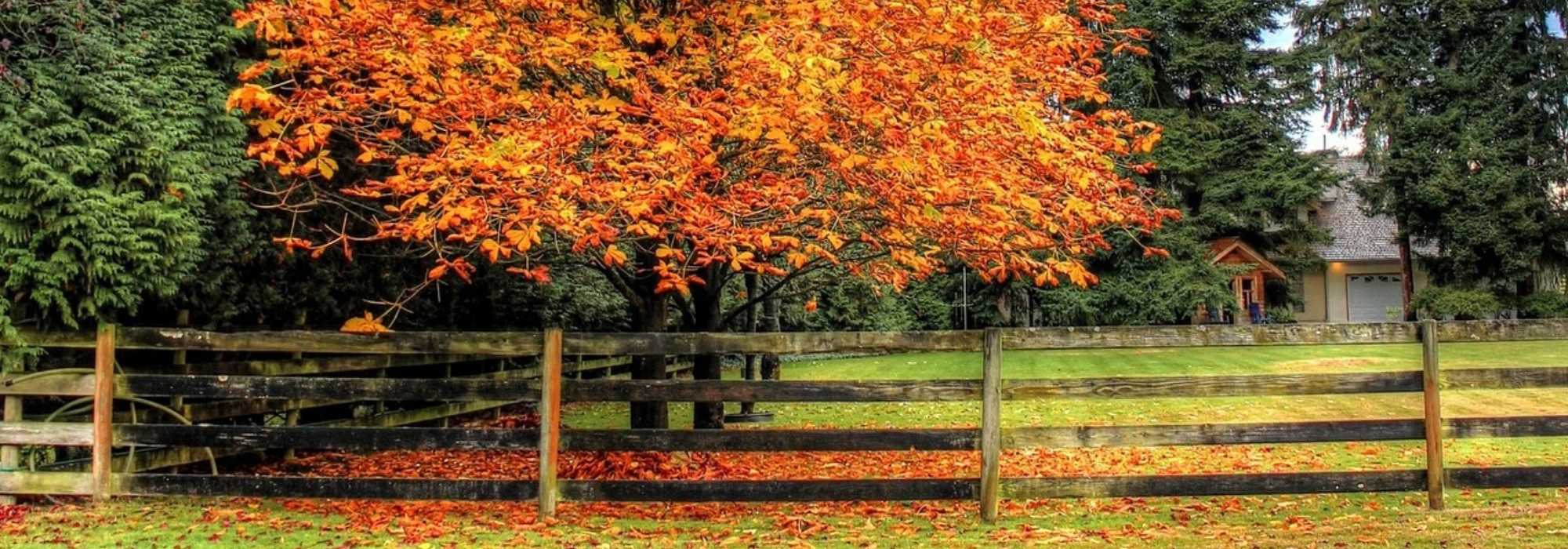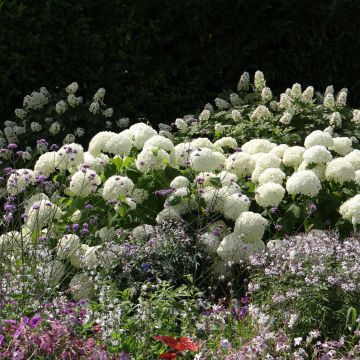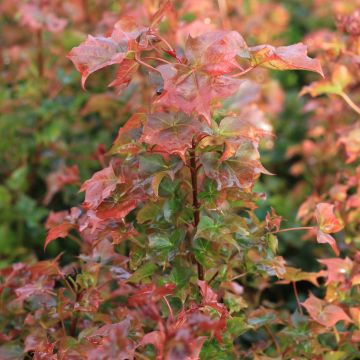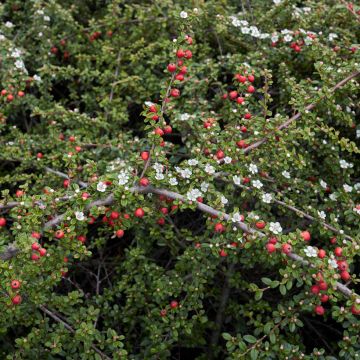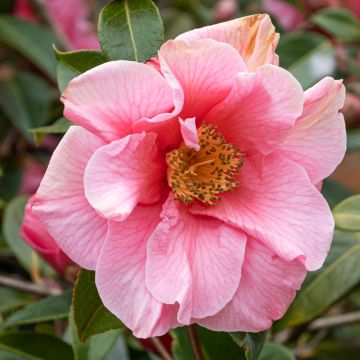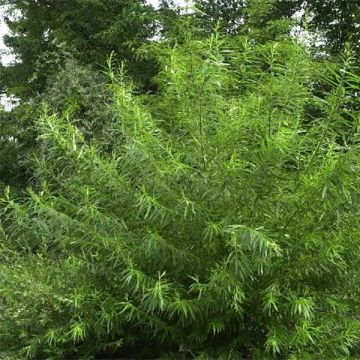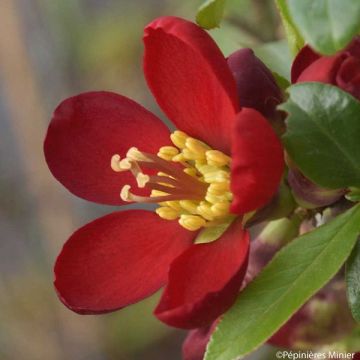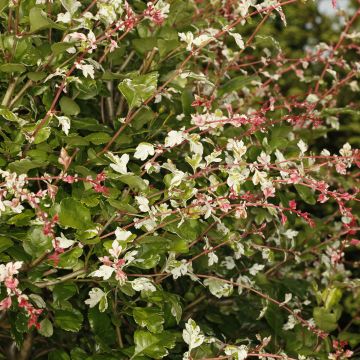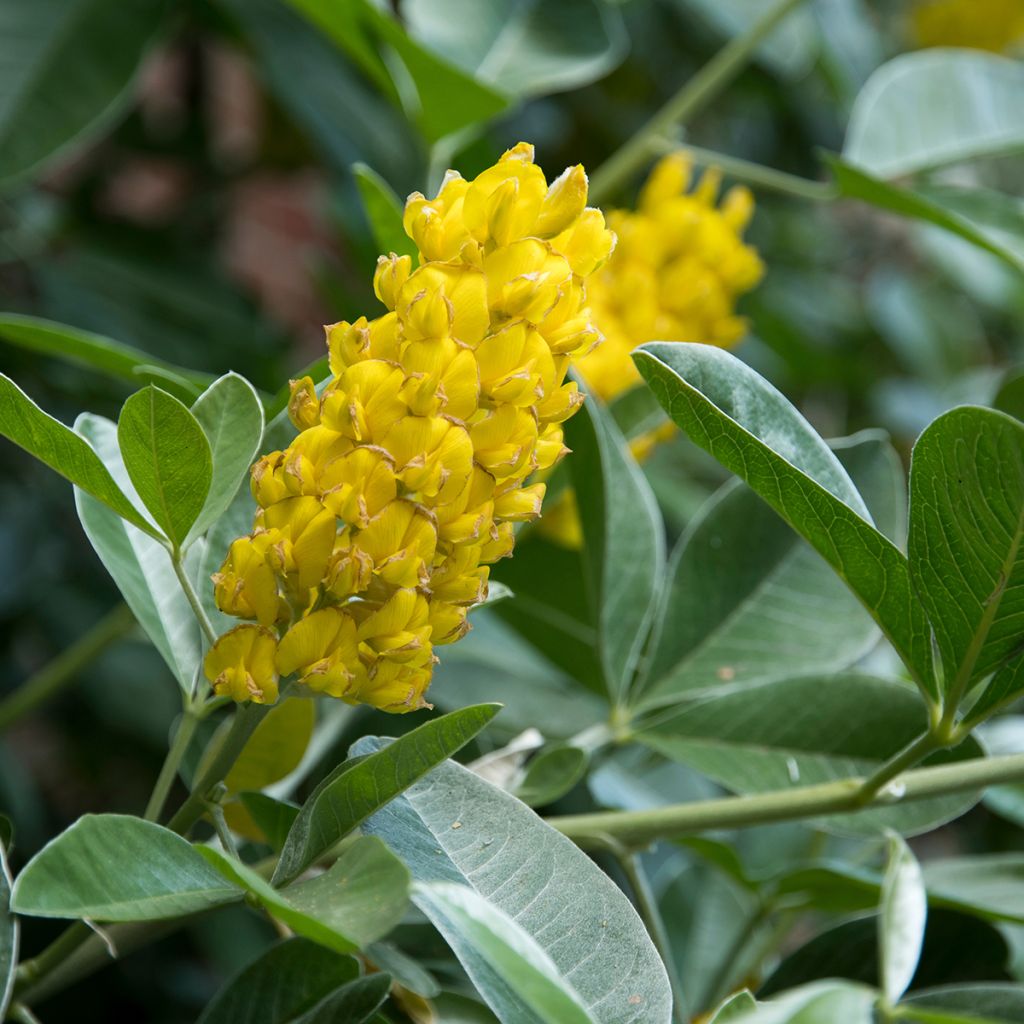

Cytisus battandieri
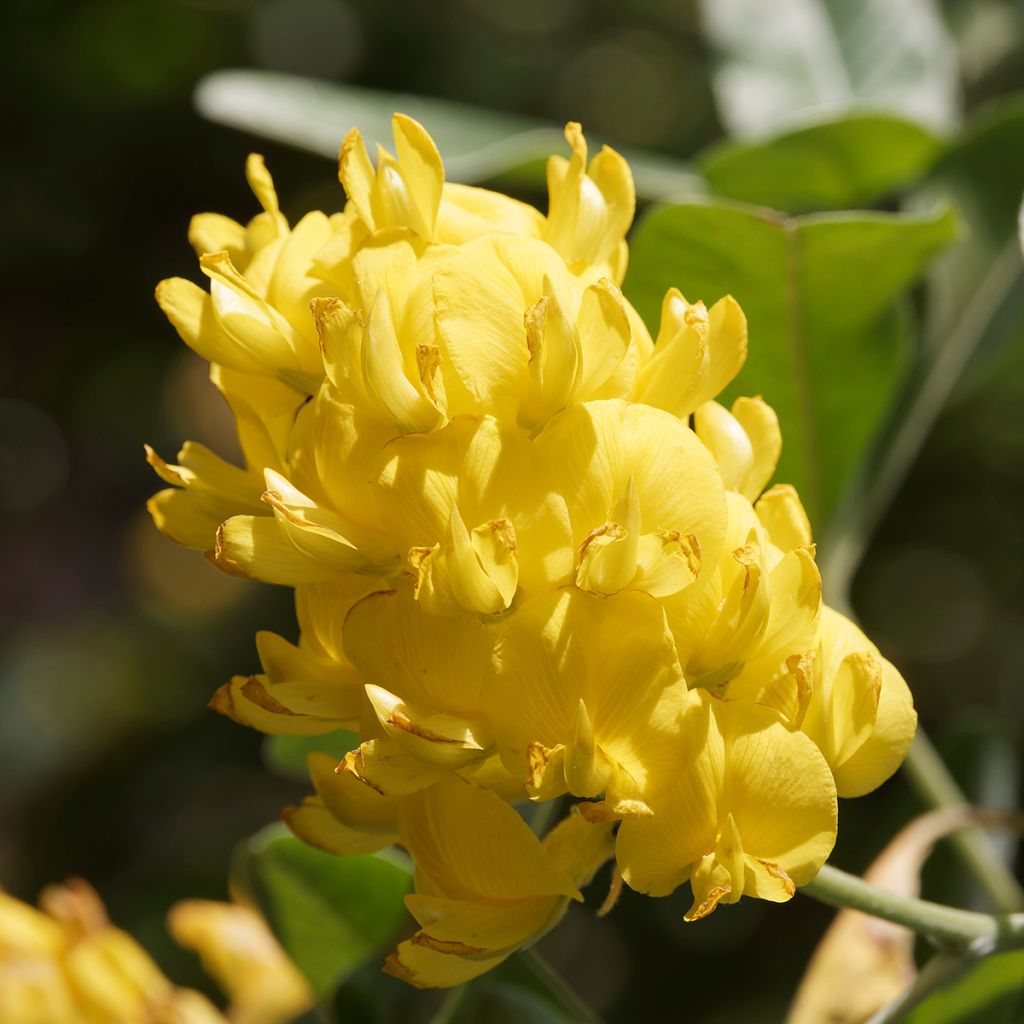

Cytisus battandieri
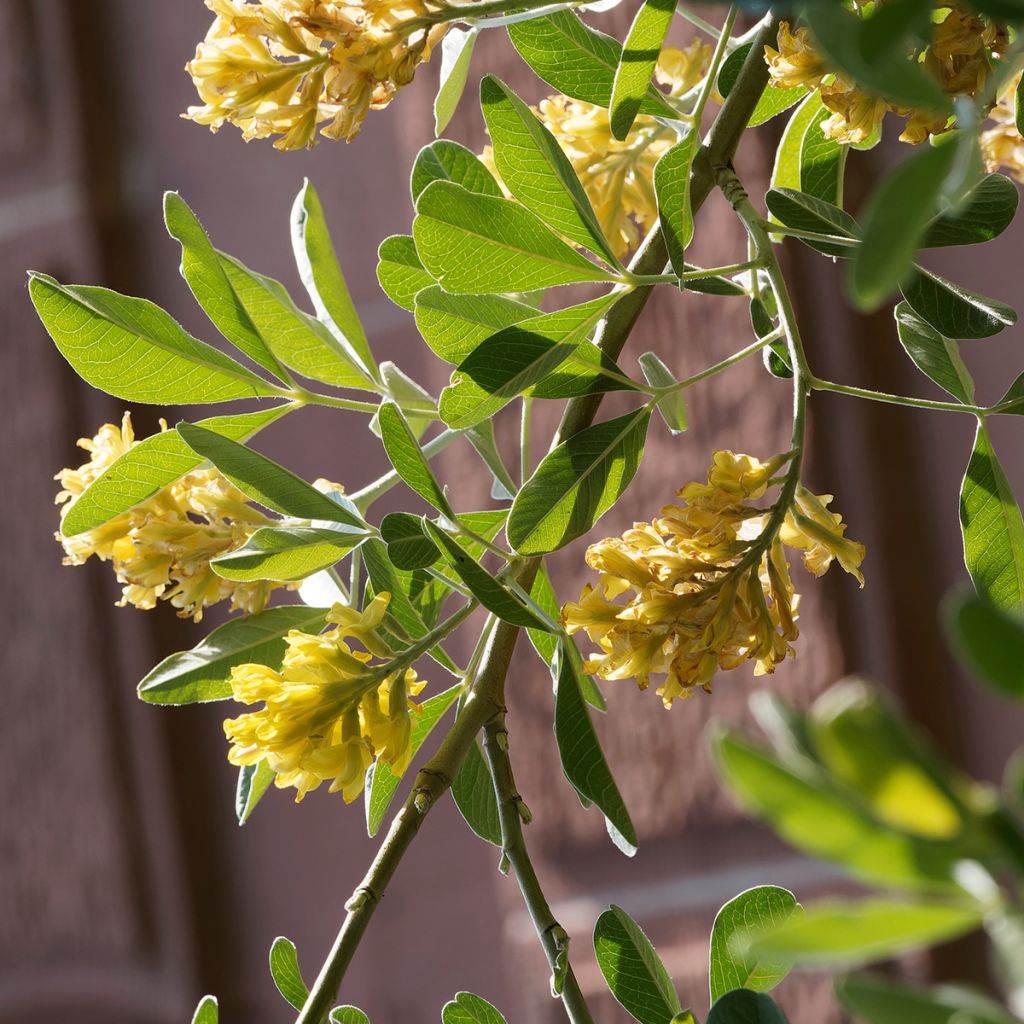

Cytisus battandieri
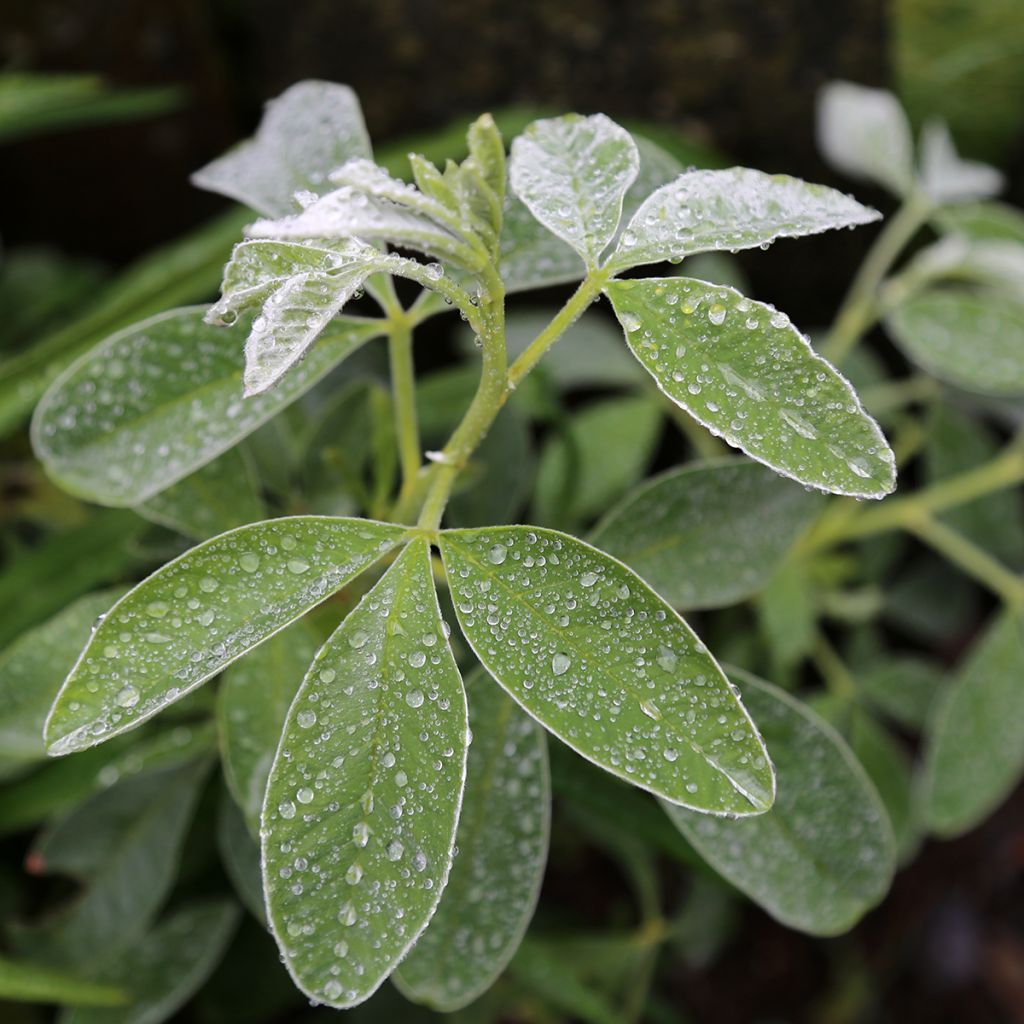

Cytisus battandieri
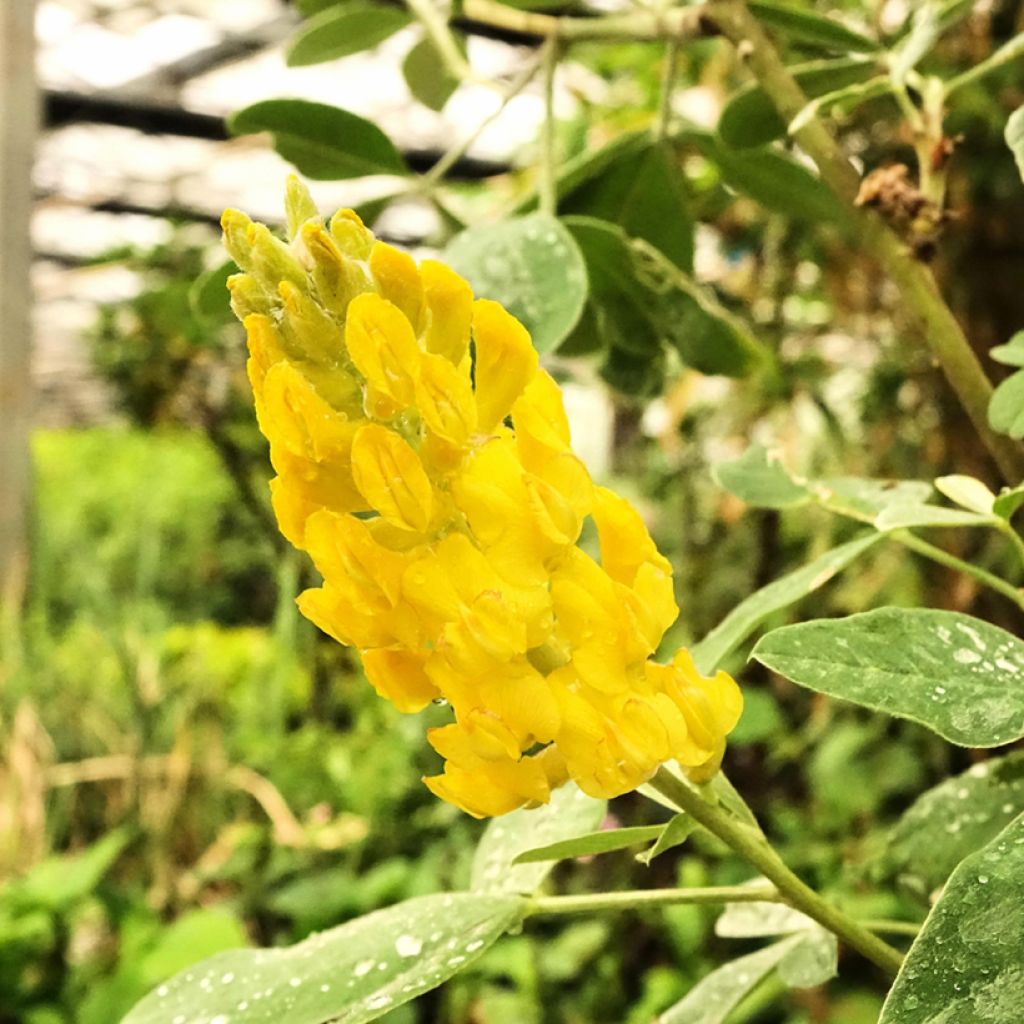

Cytisus battandieri
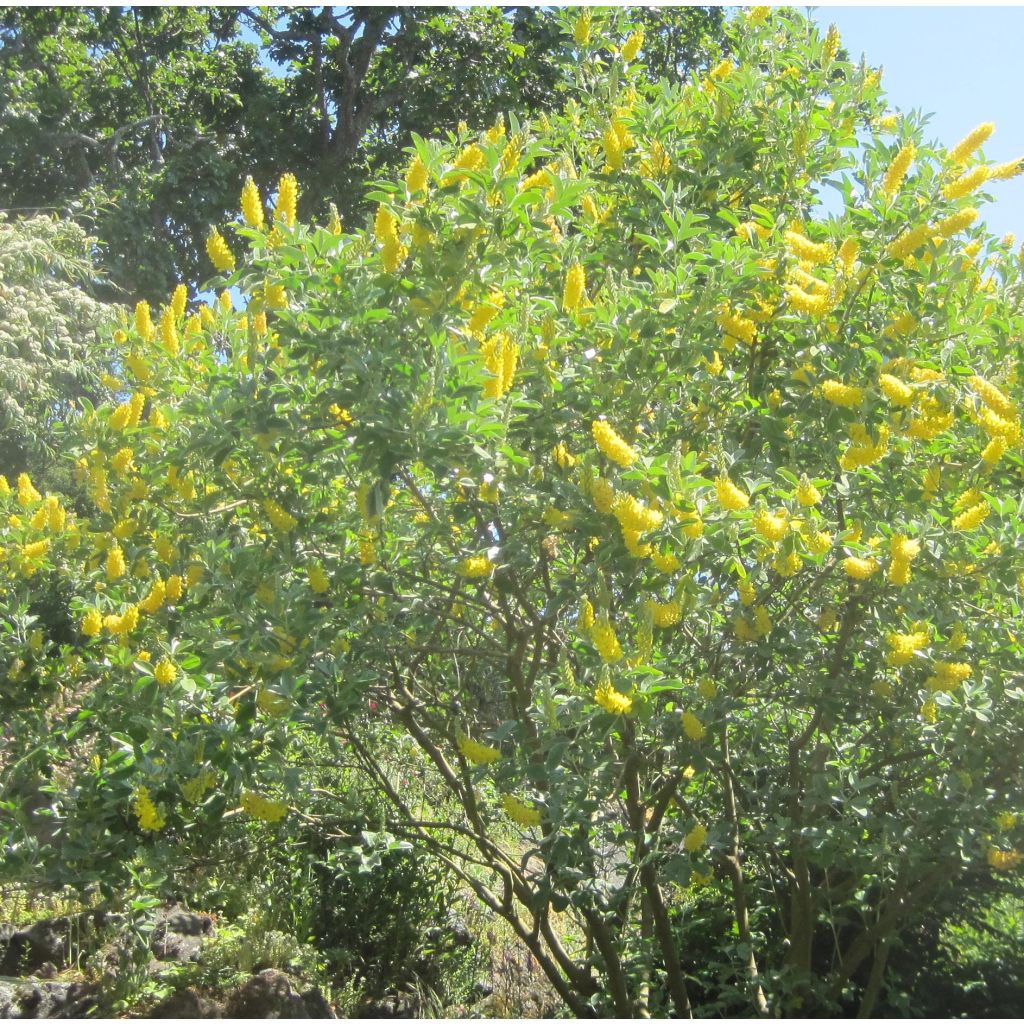

Cytisus battandieri
Cytisus battandieri
Cytisus battandieri
Moroccan Broom
The young plant has adapted well despite the very hot summer and it has withstood the few frosts of this winter. For its 1st spring, it is covered in new shoots, which is encouraging for the future! I hope it will flower this year, I am excited to discover this famous pineapple fragrance. However, it seems to be a species that is very attractive to aphids, all the shoots and buds have been covered in black aphids in 3 or 4 days. Fortunately, I was able to get rid of them with a rhubarb decoction.
Stephane, 05/04/2021
Special offer!
Receive a €20 voucher for any order over €90 (excluding delivery costs, credit notes, and plastic-free options)!
1- Add your favorite plants to your cart.
2- Once you have reached €90, confirm your order (you can even choose the delivery date!).
3- As soon as your order is shipped, you will receive an email containing your voucher code, valid for 3 months (90 days).
Your voucher is unique and can only be used once, for any order with a minimum value of €20, excluding delivery costs.
Can be combined with other current offers, non-divisible and non-refundable.
Home or relay delivery (depending on size and destination)
Schedule delivery date,
and select date in basket
This plant carries a 24 months recovery warranty
More information
We guarantee the quality of our plants for a full growing cycle, and will replace at our expense any plant that fails to recover under normal climatic and planting conditions.

Would this plant suit my garden?
Set up your Plantfit profile →
Description
Cytisus battandieri, or Pineapple Broom, is also called Argyrocytisus battandieri. With a summer flowering in clusters of golden-yellow flowers with a sweet pineapple fragrance, deciduous grey-green-silver silky foliage, and an open and airy habit, this North African bush has many qualities to feature in sunny gardens. Undemanding, moderately hardy, and well-suited to drought, it will bring an exotic and original touch to the garden, with a few precautions during its installation.
The Pineapple Broom belongs to the Fabaceae (Leguminosae) family and is native to Morocco, in the Middle Atlas and the Rif. This bush has a rapid growth rate and reaches an adult size of 3 to 4m (10 to 13ft) in height and 2 to 3m (7 to 10ft) in spread.
The Pineapple Broom is a small deciduous or semi-evergreen tree with an open and airy habit and long, flexible branches. The flowers range from lemon-yellow to golden-yellow and are grouped in dense terminal clusters measuring 5 to 15cm (2 to 6in) in length. They appear in May-June-July and emit a pineapple scent. They are followed by the formation of upright and silky pods, 3.5 to 5cm (1 to 2in) long, with toxic seeds. The grey-green leaves and young shoots are covered in a fine silky down, which is accentuated by heat and drought. The leaves, divided into three leaflets, have an enhanced outline with a shiny silver edge, making them very decorative.
Cytisus battandieri can be used at the back of a border, to fill a large slope, or against a sunny wall. Plant it near a terrace to fully enjoy its astonishing fragrance.
Cytisus battandieri in pictures
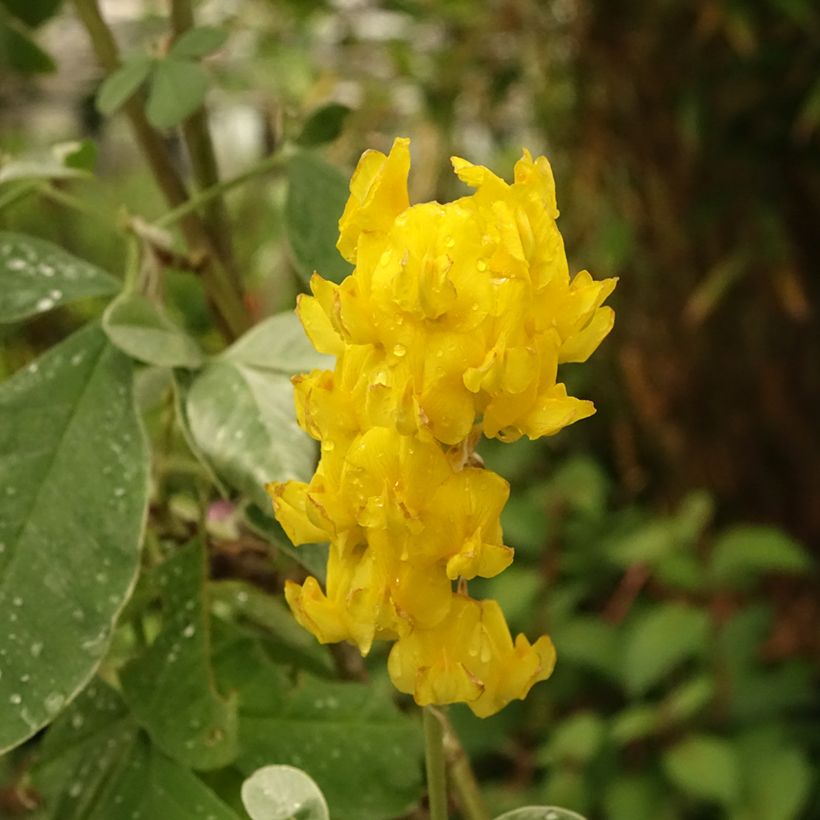

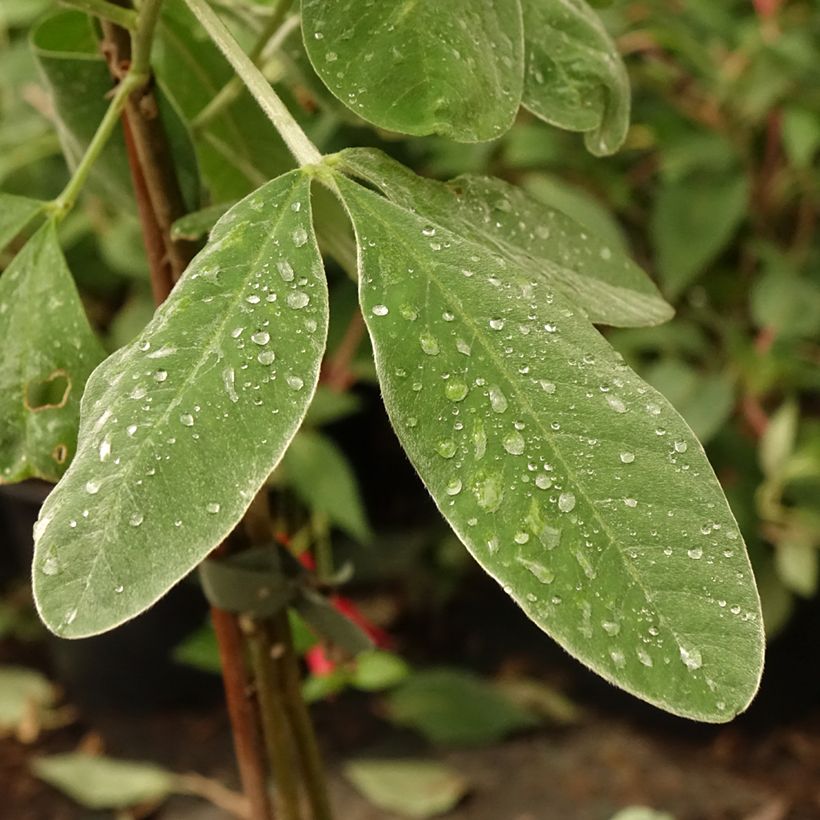

Plant habit
Flowering
Foliage
Botanical data
Cytisus
battandieri
Fabaceae
Moroccan Broom
North Africa
Planting and care
Plant in acidic, neutral, or slightly alkaline soil, ideally in loam, which is dry to moist. It prefers light and well-drained soils, as winter moisture can harm its hardiness. This large bush thrives in full sun, even in scorching conditions. Its hardiness is moderate, tolerating temperatures from -12 to -15°C (10.4 to 5°F), so it should be planted away from icy drafts and waterlogged soils. The tips of the branches can be pruned every year after flowering to achieve a more compact and branched plant. Avoid moving this small tree, as it does not tolerate transplantation.
Planting period
Intended location
Care
Planting & care advice
-
, onOrder confirmed
Reply from on Promesse de fleurs
Similar products
Haven't found what you were looking for?
Hardiness is the lowest winter temperature a plant can endure without suffering serious damage or even dying. However, hardiness is affected by location (a sheltered area, such as a patio), protection (winter cover) and soil type (hardiness is improved by well-drained soil).

Photo Sharing Terms & Conditions
In order to encourage gardeners to interact and share their experiences, Promesse de fleurs offers various media enabling content to be uploaded onto its Site - in particular via the ‘Photo sharing’ module.
The User agrees to refrain from:
- Posting any content that is illegal, prejudicial, insulting, racist, inciteful to hatred, revisionist, contrary to public decency, that infringes on privacy or on the privacy rights of third parties, in particular the publicity rights of persons and goods, intellectual property rights, or the right to privacy.
- Submitting content on behalf of a third party;
- Impersonate the identity of a third party and/or publish any personal information about a third party;
In general, the User undertakes to refrain from any unethical behaviour.
All Content (in particular text, comments, files, images, photos, videos, creative works, etc.), which may be subject to property or intellectual property rights, image or other private rights, shall remain the property of the User, subject to the limited rights granted by the terms of the licence granted by Promesse de fleurs as stated below. Users are at liberty to publish or not to publish such Content on the Site, notably via the ‘Photo Sharing’ facility, and accept that this Content shall be made public and freely accessible, notably on the Internet.
Users further acknowledge, undertake to have ,and guarantee that they hold all necessary rights and permissions to publish such material on the Site, in particular with regard to the legislation in force pertaining to any privacy, property, intellectual property, image, or contractual rights, or rights of any other nature. By publishing such Content on the Site, Users acknowledge accepting full liability as publishers of the Content within the meaning of the law, and grant Promesse de fleurs, free of charge, an inclusive, worldwide licence for the said Content for the entire duration of its publication, including all reproduction, representation, up/downloading, displaying, performing, transmission, and storage rights.
Users also grant permission for their name to be linked to the Content and accept that this link may not always be made available.
By engaging in posting material, Users consent to their Content becoming automatically accessible on the Internet, in particular on other sites and/or blogs and/or web pages of the Promesse de fleurs site, including in particular social pages and the Promesse de fleurs catalogue.
Users may secure the removal of entrusted content free of charge by issuing a simple request via our contact form.
The flowering period indicated on our website applies to countries and regions located in USDA zone 8 (France, the United Kingdom, Ireland, the Netherlands, etc.)
It will vary according to where you live:
- In zones 9 to 10 (Italy, Spain, Greece, etc.), flowering will occur about 2 to 4 weeks earlier.
- In zones 6 to 7 (Germany, Poland, Slovenia, and lower mountainous regions), flowering will be delayed by 2 to 3 weeks.
- In zone 5 (Central Europe, Scandinavia), blooming will be delayed by 3 to 5 weeks.
In temperate climates, pruning of spring-flowering shrubs (forsythia, spireas, etc.) should be done just after flowering.
Pruning of summer-flowering shrubs (Indian Lilac, Perovskia, etc.) can be done in winter or spring.
In cold regions as well as with frost-sensitive plants, avoid pruning too early when severe frosts may still occur.
The planting period indicated on our website applies to countries and regions located in USDA zone 8 (France, United Kingdom, Ireland, Netherlands).
It will vary according to where you live:
- In Mediterranean zones (Marseille, Madrid, Milan, etc.), autumn and winter are the best planting periods.
- In continental zones (Strasbourg, Munich, Vienna, etc.), delay planting by 2 to 3 weeks in spring and bring it forward by 2 to 4 weeks in autumn.
- In mountainous regions (the Alps, Pyrenees, Carpathians, etc.), it is best to plant in late spring (May-June) or late summer (August-September).
The harvesting period indicated on our website applies to countries and regions in USDA zone 8 (France, England, Ireland, the Netherlands).
In colder areas (Scandinavia, Poland, Austria...) fruit and vegetable harvests are likely to be delayed by 3-4 weeks.
In warmer areas (Italy, Spain, Greece, etc.), harvesting will probably take place earlier, depending on weather conditions.
The sowing periods indicated on our website apply to countries and regions within USDA Zone 8 (France, UK, Ireland, Netherlands).
In colder areas (Scandinavia, Poland, Austria...), delay any outdoor sowing by 3-4 weeks, or sow under glass.
In warmer climes (Italy, Spain, Greece, etc.), bring outdoor sowing forward by a few weeks.






























